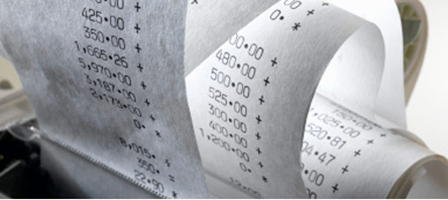IRS Restarts Collection Notices But Adds Penalty Relief
- Explore the IRS's new penalty relief initiative.
- Understand the allocation of approximately $1 billion in relief.
- Learn about the automatic penalty relief process for eligible taxpayers.
In a significant development to assist individuals, businesses, and tax-exempt organizations grappling with back taxes, the Internal Revenue Service (IRS) has introduced new penalty relief for approximately 4.7 million entities that did not receive automated collection reminder notices during the pandemic.
The IRS is allocating around $1 billion in penalty relief, primarily benefiting those with annual incomes below $400,000. The temporary suspension of automated reminders during the pandemic led to the accrual of failure-to-pay penalties for taxpayers who didn't fully settle their bills after the initial notice.
The IRS proactively addresses this before resuming regular collection notices for tax years 2020 and 2021. It plans to issue unique reminder letters next month, alerting taxpayers of their liabilities, providing convenient payment options, and specifying the amount of penalty relief, if applicable.

Those Unable to Pay Full Balances
For those unable to pay their full balance, the IRS encourages them to visit IRS.gov/payments to make arrangements. Additionally, the IRS is waiving failure-to-pay penalties for eligible taxpayers affected by this situation for tax years 2020 and 2021, which are estimated to cover 5 million tax returns and save taxpayers $1 billion.
The penalty relief is automatic, requiring no action from eligible taxpayers. The IRS has adjusted individual accounts first, followed by business accounts and, subsequently, trusts, estates, and tax-exempt organizations. Notice 2024-7PDF outlines how the agency is providing relief and addressing COVID-19-related challenges.
Commissioner Danny Werfel emphasized the IRS's commitment to looking out for taxpayers, especially those who haven't received notices for an extended period. This penalty relief is, according to the IRS, a common-sense approach to supporting individuals facing unexpectedly more significant tax bills.
Relief Eligibility
Eligible taxpayers are automatically entitled to this relief, including individuals, businesses, trusts, estates, and tax-exempt organizations with assessed tax under $100,000 for tax years 2020 or 2021. If a taxpayer has already paid failure-to-pay penalties related to these tax years, the IRS will issue a refund or credit the payment toward another outstanding tax liability.
It's crucial for affected taxpayers to understand this relief's eligibility criteria and automatic nature. The penalty relief only applies to those with assessed tax under $100,000, and it will resume on April 1, 2024 for eligible taxpayers who don't take advantage of this relief. If you find yourself in this situation, seeking professional help can be invaluable in navigating these changes, avoiding pitfalls, and ensuring compliance with federal tax obligations.
Need Assistance?
Our team of tax experts is ready to assist you – contact our office today for guidance tailored to your specific circumstances. Click here to Request an appointment with a Fiducial Advisor at our office locations.
Know someone who might need our services? We love referrals!









